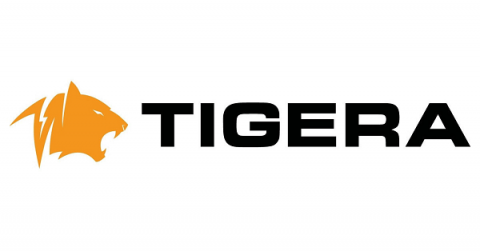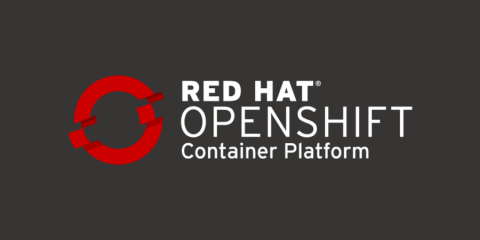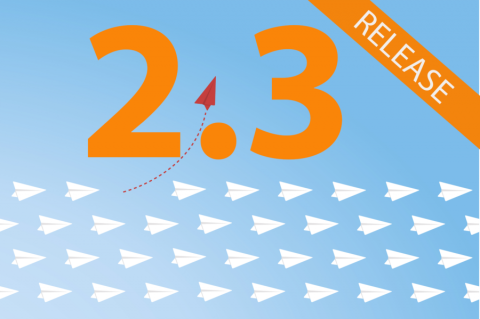Kubernetes Security-Are your Container Doors Open?
Container adoption in IT industry is on a dramatic growth. The surge in container adoption is the driving force behind the eagerness to get on board with the most popular orchestration platform around, organizations are jumping on the Kubernetes bandwagon to orchestrate and gauge their container workloads.





